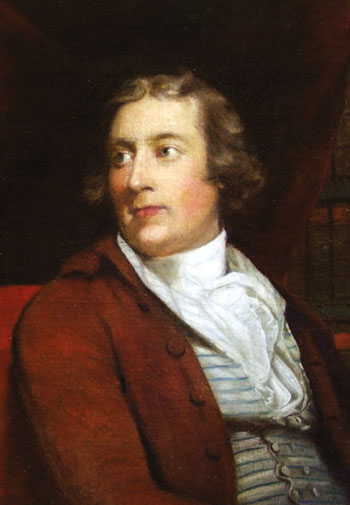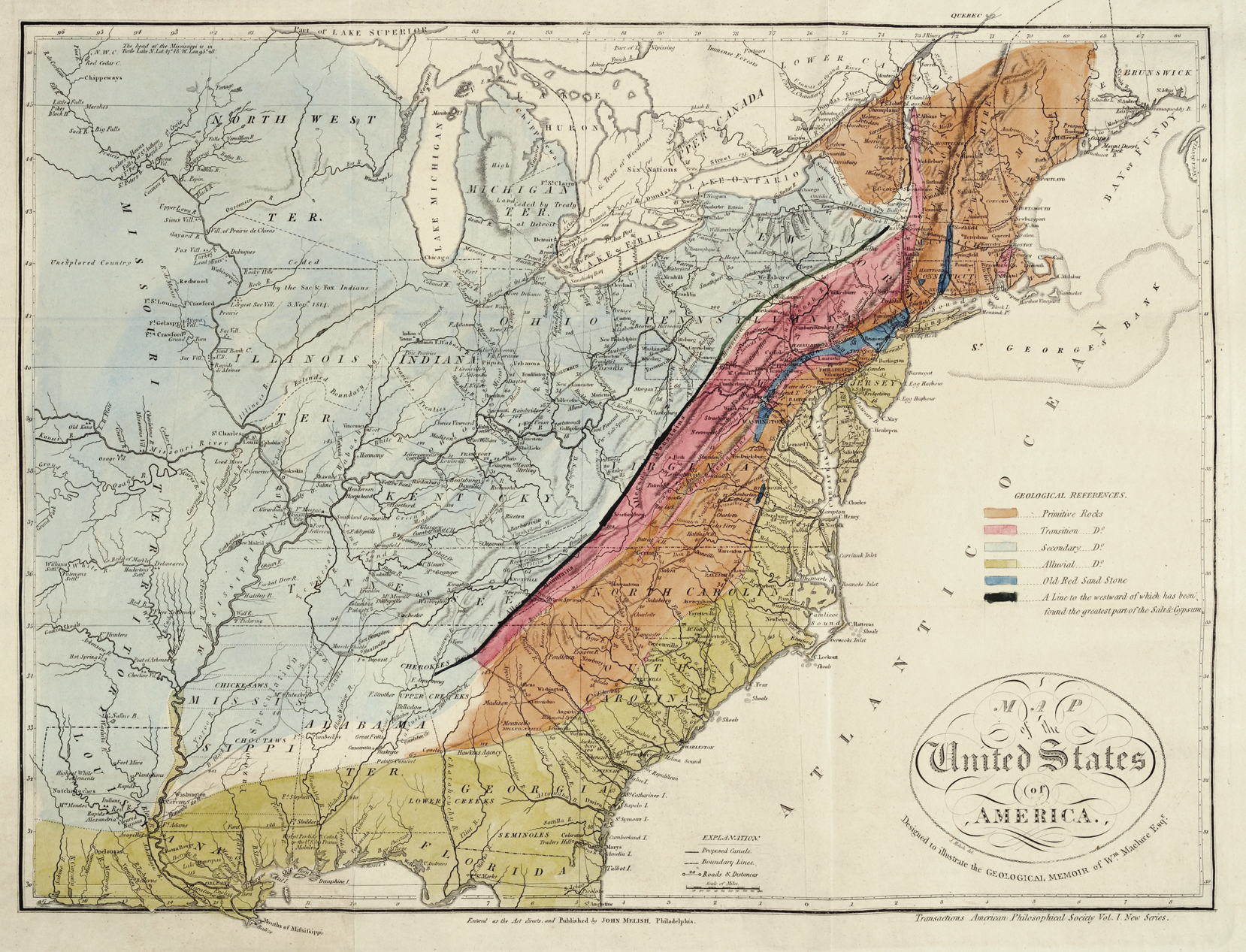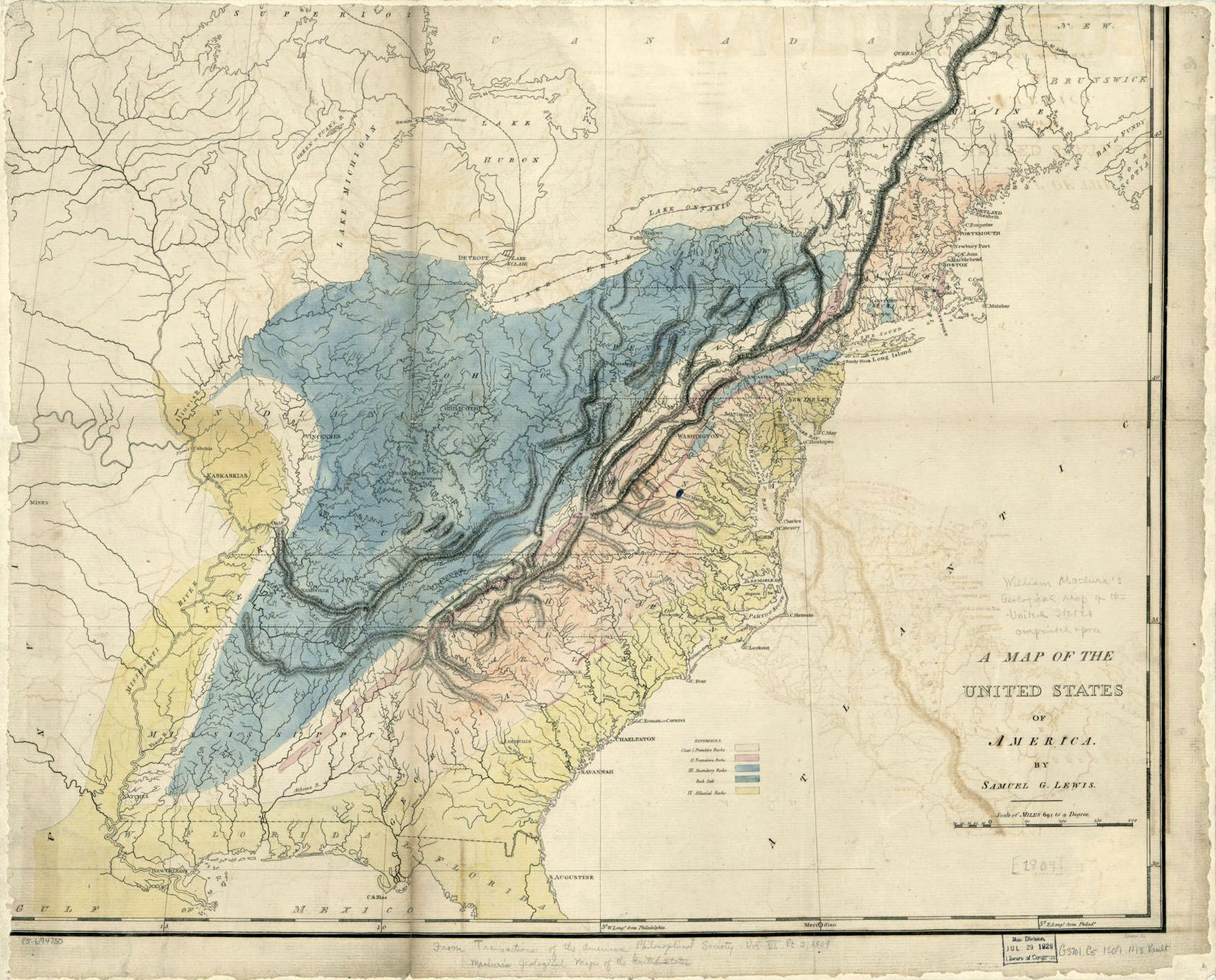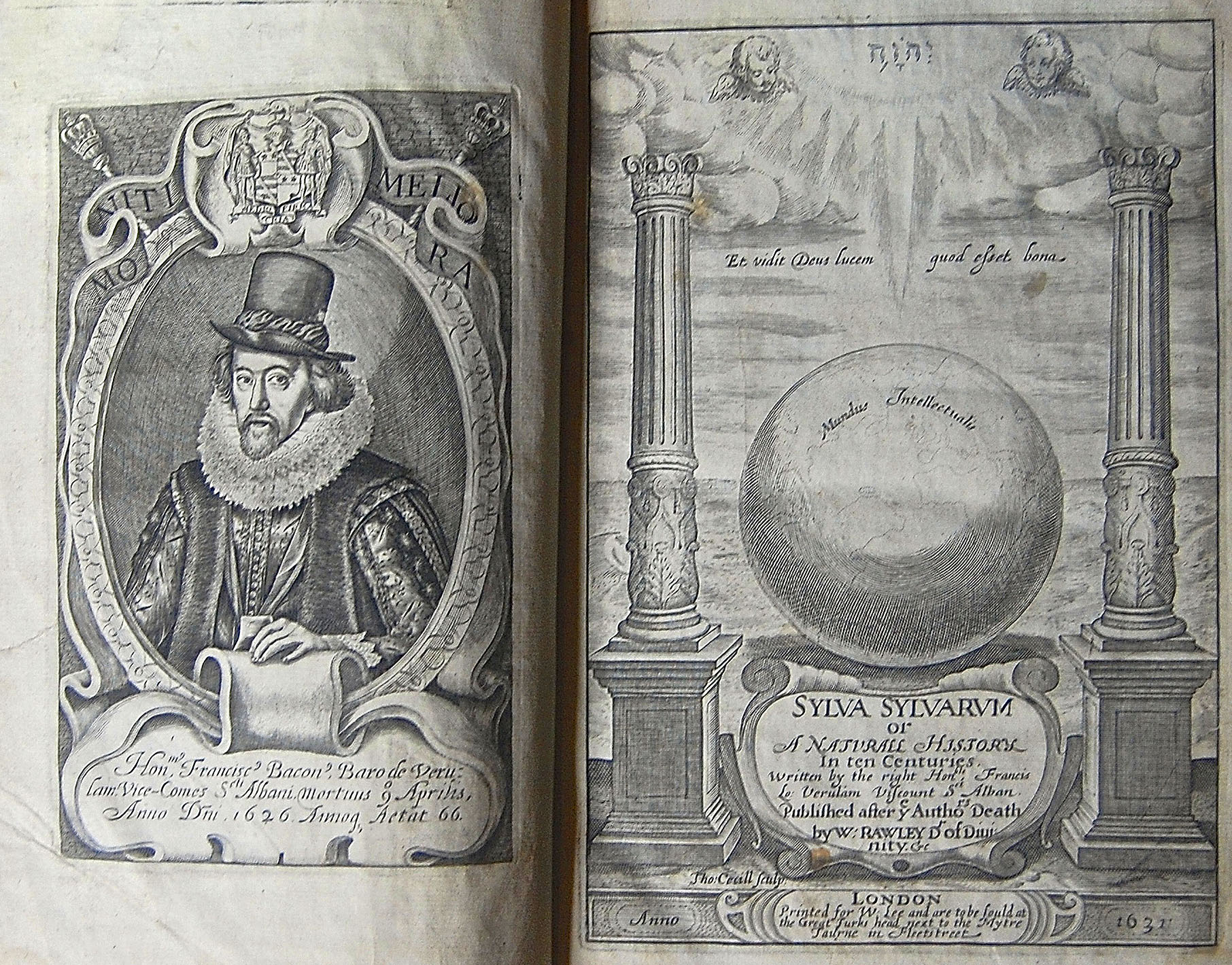The Successes of New Harmony's Utopia
In early March 1826, William Maclure, Charles-Alexandre Lesueur and their colleagues had to unpack some fifty
tons of tools, books and mineralogical samples, brought from Philadelphia to New Harmony by steamboat. Soon the west wing of the brick church would be filled with bones, skeletons and all kinds of instruments, whereas the east wing was to hold the immense library of Maclure and Lesueur. They would make important scientific contributions
from their outpost on the American frontier, the avant-garde colony of New Harmony.
Between 1826 and 1828, with Lesueur's aid, Thomas Say finished his famous three volume work American Entomology. From 1830 to 1834, Say also published the three-hundred-page pioneering book American Conchology. Lesueur himself continued to work on his Fishes of North America and described two Wabash turtles in a publication that appeared in Paris in 1827. Moreover, together with Gerard Troost, he wrote five articles on geology, which all appeared in the New-Harmony Gazette and the American Journal of Science and Arts.
After Troost's and Maclure's departure, Lesueur started to train Richard and David Dale Owen, Robert Owen's youngest sons. He instructed them in geology and natural history, making them part of his scientific fieldtrips and sharing his experience with them. In the summer of 1836, David Dale Owen went to Nashville to complete his training as a geologist under the tutelage of Gerard Troost (Lesueur did not go with him, as he was extremely ill for several months and only recovered near the end of September). In December 1831, Dr. Troost had been appointed state geologist of Tennessee. He and Lesueur were working on the mineralogical inventory of Tennessee and continued to do so. This allowed Troost to publish a detailed geological map in 1835.
David Dale Owen's official work as Gerard Troost's field assistant led to a rich career. David Dale was appointed state geologist of Indiana in 1837, of Kentucky in 1854, and of Arkansas in 1857. Other areas he surveyed included Illinois, Minnesota, Wisconsin, Michigan, Iowa, West Virginia, Ohio, South Dakota, North Dakota, Nebraska and the plains of western Canada. David Dale died in 1860 while working for the federal government. In this twenty-three-year time span, Lesueur's most talented apprentice trained legions of American surveyors and geologists.
After David Dale Owen's death, his younger brother Richard Owen became Indiana's next state geologist until his nomination, in 1872, as the first president of Purdue University in West Lafayette. Some of the drawings Lesueur gave to his friends are still preserved in the Purdue University Libraries Archives and Special Collections. After Maclure and Lesueur's arrival in New Harmony, the commune had been rapidly transformed into a scientific utopia. After 1827 it no longer
functioned as the socialistic settlement Owen once envisioned.
Instead, it now resembled the ideal city Francis Bacon described in his New Atlantis. Just before he died, Bacon wrote a book about the perfect community, governed by scientists who, according to the English statesman, were the only persons capable of ensuring happiness to all mankind.
Owen's communitarian project was abandoned, but the contributions of Maclure and Lesueur allowed the New Atlantis
on the Wabash River to become the geological center of an entire nation, and until 1856, the United States Geological Survey had its headquarters in New Harmony, depending largely on the mineralogical collections brought from, France, Switzerland, Germany, Italy, Spain, Russia, Great Britain, the West Indies, Mexico and the United States by Maclure and Lesueur. When, in 1856, the new buildings of the Smithsonian Institution, in Washington, D.C., were ready to house the New Harmony collections, they took in the major part of these minerals. It appeared their volume was too important, so one third of the Geological Survey's collection was given to the American Museum of Natural History in Central Park, New York. The rest of the remaining samples were donated to Indiana University in Bloomington. On March 3, 1879, Congress enacted and approved the creation of the office of Director of the Geological Survey, who, from then on, would be directly appointed by the United States President with the advice and consent of the Senate.
|
|
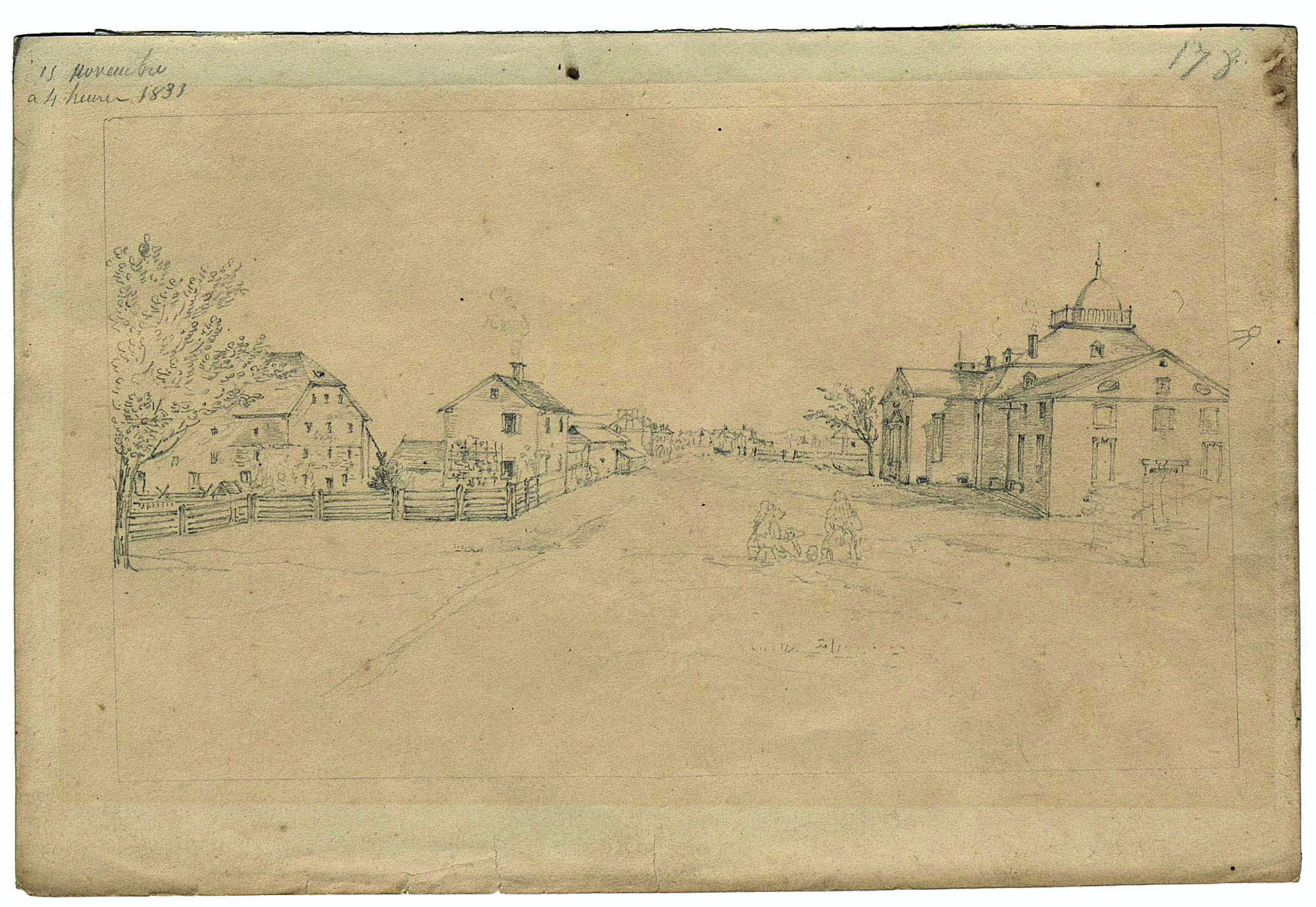
Church Street, New Harmony – by C.-A. Lesueur, November 15, 1831. This drawing shows all the buildings historically related to the United States Geological Survey and the Smithsonian Institution. On the left: the immense brick-and-stone Harmonist granary, i.e.
the national headquarters of the Geological Survey between 1843 and 1856 (also holding its mineralogical collections and those of the
Owen brothers). On the left corner of Church Street: Charles-Alexandre Lesueur's house. On the right: the large Harmonist church, home
of William Maclure's library and all the geological collections brought from Europe and North America by Maclure and Lesueur. Most
of these collections were moved to the granary in 1843 and remained there until the opening of the Smithsonian building in Washington,
D.C., in 1857. Maclure's library was donated to the Academy of Natural Sciences of Philadelphia in 1835, i.e. the year following Thomas Say's death. See Was New Harmony a Failure? on this website.
Read more about the amazing New Harmony experiment in Bauke Ritsert Rinsma, Eyewitness to Utopia: Scientific Conquest and Communal Settlement in C.-A. Lesueur’s Sketches of the Frontier, drawings and sketches by Charles-Alexandre Lesueur, foreword by Edouard Philippe, Donald E. Pitzer and Ralph G. Schwarz, translated by Leslie J. Roberts (Heuqueville, France: Heiligon, 2019). |

